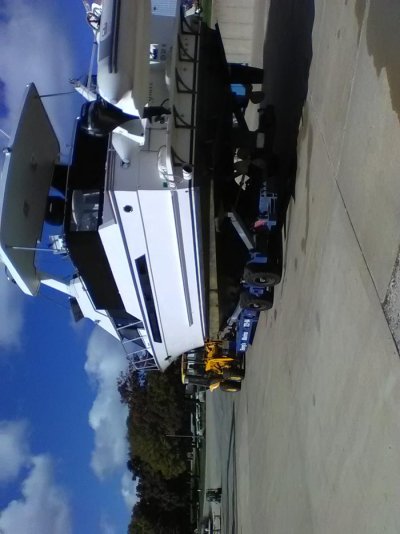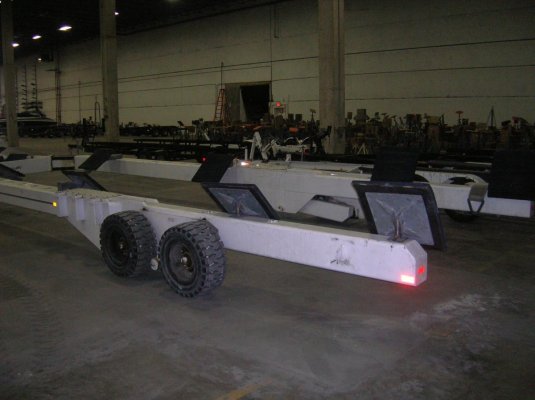20' Lake and Bay Flats boat. With 250 hp runs around 65 mph, but change to 250XS Mercury with speedmaster lower unit and owner I know hit 92 mph. Guy ran the Back Country which is same basic hull over 100 mph. How thick do you think those hulls are?
Word of advice. Don't drop them. Don't run into things. Be prepared to patch if you didn't heed advice.
Boat we're on right now doesn't have a thick hull. It's modern composites. Lightweight is key. It also is on a Ranger.
Word of advice. Don't drop them. Don't run into things. Be prepared to patch if you didn't heed advice.
Boat we're on right now doesn't have a thick hull. It's modern composites. Lightweight is key. It also is on a Ranger.



